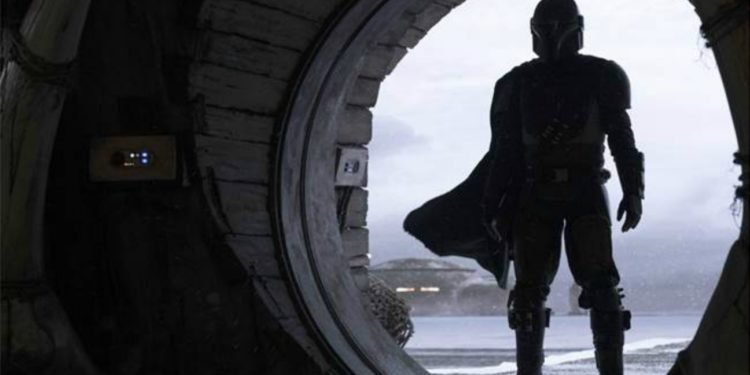The book also traces the growth of the First Order across the galaxy, and places that growth in a political context generally absent from the movies — how does the galaxy feel about the Order’s presence? Why doesn’t it push back? Both questions are answered in the book — which underscores not only the feeling that Resistance Reborn is an integral chapter to the Skywalker Saga, but also that, at heart, Star Wars as it currently exists isn’t a franchise in the same way that Disney sibling Marvel is, but instead one singular story that occasionally branches off in different directions before returning to its primary focus.
That much should be clear from the movies alone; each of the live-action movies has been part of the same singular story. That’s obviously true of the core nine features — The Phantom Menace, Attack of the Clones, Revenge of the Sith, A New Hope, The Empire Strikes Back, Return of the Jedi, The Force Awakens, The Last Jedi and The Rise of Skywalker — which, just to make it particularly clear, have “episode” numerals in the opening scroll. But it’s also true of Rogue One and Solo, as well; instead of doing something original or individual, both movies exist to support threads or characters already present in the core series.
Similarly, the animated series The Clone Wars, and to a far lesser degree Star Wars Resistance, do the same thing: Fill in narrative gaps in the core movies, and exist to support the central storyline. Even Star Wars: Rebels, which is more independent overall, still leans into connections with the core series that go far beyond Easter egg territory. The same can be said of the comic books and novels that have been released since Disney purchased Lucasfilm; everything comes back to the Skywalker Saga, and exists to support that storyline.
This was not always the case; before the Disney purchase, the Star Wars franchise had expanded thousands of years in both directions from what appeared on film, with comic books and books pushing far beyond the storyline of one family line fighting the Emperor and his acolytes. Upon Disney purchase, however, such material was excised from the official canon in favor of Disney created and approved material.
This isn’t, necessarily, a criticism; one of the things that Star Wars does well is maintain a level of consistency across projects, which is doubtless easier when everything is working toward the same narrative goal. Additionally, a complaint of the pre-Disney Star Wars was that, the further projects moved from the movie source material, the less “Star Wars-y” it felt. Tying everything into the one central narrative is a fairly definitive solution for that problem.
However, the fact that Star Wars is a story, rather than a franchise, at this point, might explain some of the problems Disney has had with the property, and managing it to meet early expectations. Star Wars can’t be another Marvel if it, formally, isn’t another Marvel; the latter may use the tagline “It’s All Connected,” but that’s not actually true; while characters can and will cross over between projects, it’s easy to watch Ant-Man without also watching Guardians of the Galaxy, or even Iron Man.
A basic working knowledge of the Marvel Cinematic Universe doesn’t require seeing every movie released by the studio, and the ability to tell unrelated stories means that so much more content can be generated — and so much more can be accepted by casual viewers — because there’s no expectation of a need to buy in to everything with each movie ticket purchased. So far, seven years after Disney bought Star Wars, that’s not true of the stories from a galaxy far, far away. Yet.
Things might be about to change. Marvel Studios’ Kevin Feige is plotting his own Star Wars movie. Next week sees the debut of The Mandalorian on Disney+ — a project that, notably enough, doesn’t even feature the words “Star Wars” in its title. Judging by promotional materials, the series doesn’t feature any narrative connection to anything else in Star Wars mythology outside of its setting, giving it an independence unknown in the Disney era, and a stand-alone appeal for casual viewers akin to a Marvel Studios project. Time will tell whether the series lives up to that promise, but if it does — if The Mandalorian turns out to be simply another story from the same galaxy as the Skywalkers, and not another chapter of the same story fans have been following for the last four decades — then it could be a sign that Star Wars will have a bright, long future past the Dec. 20 release of The Rise of Skywalker.
























































